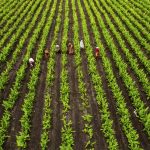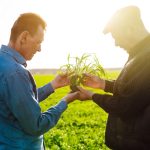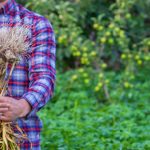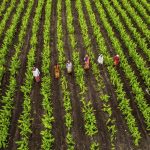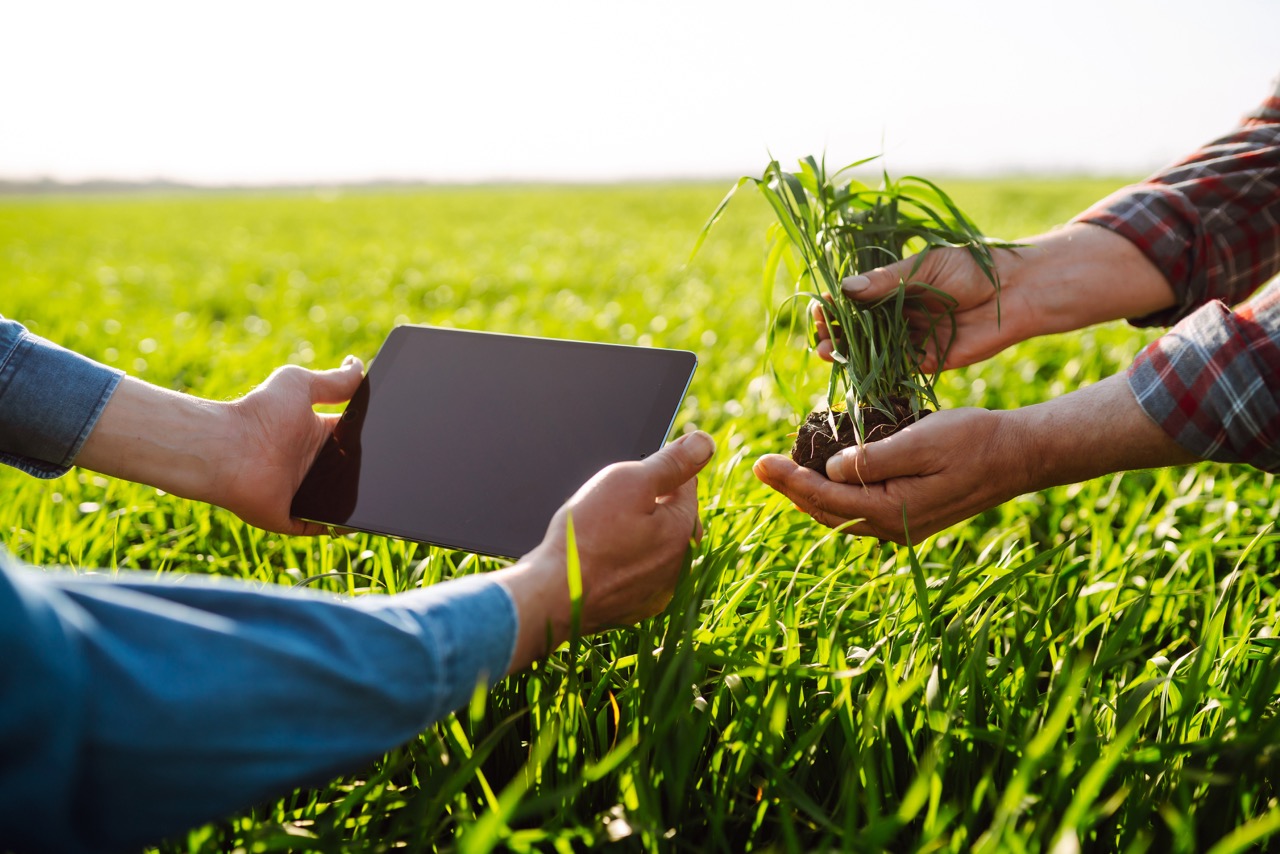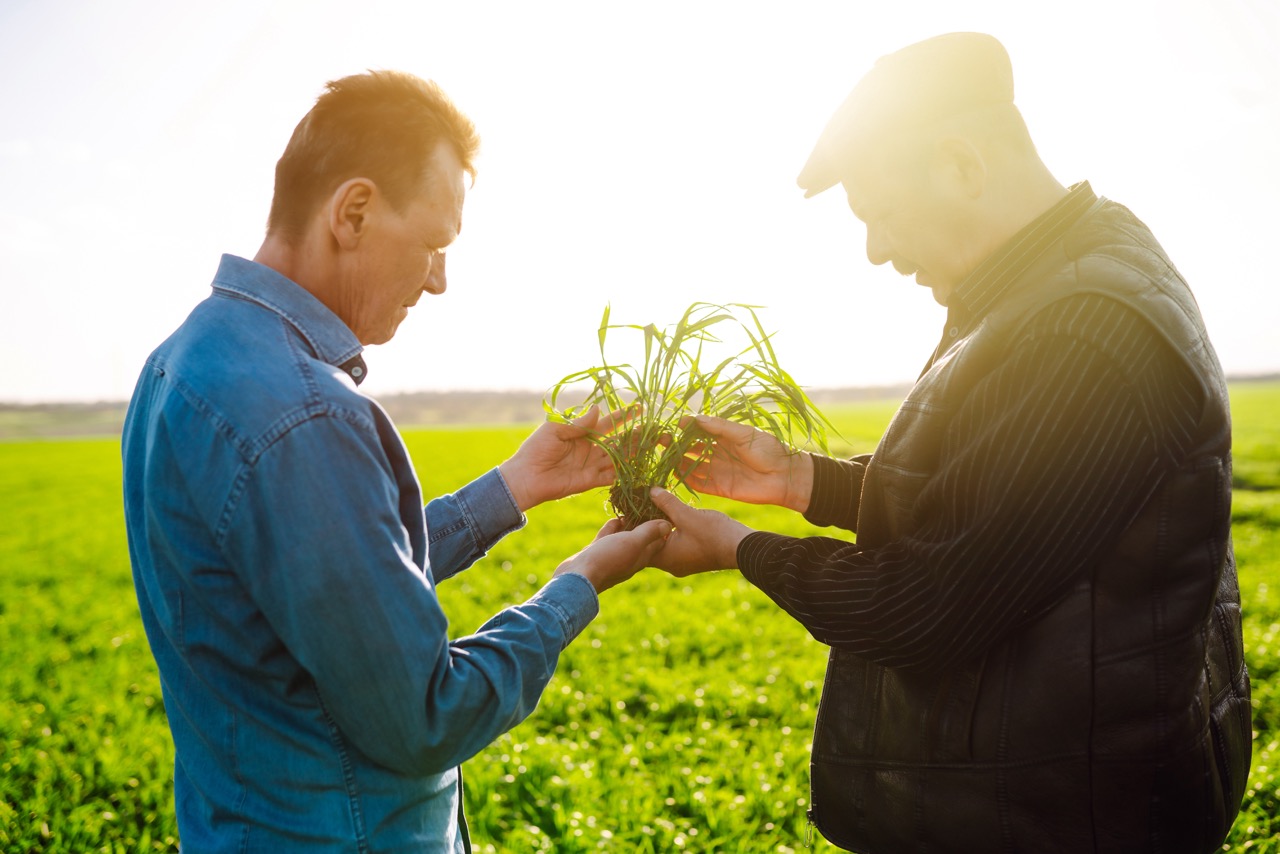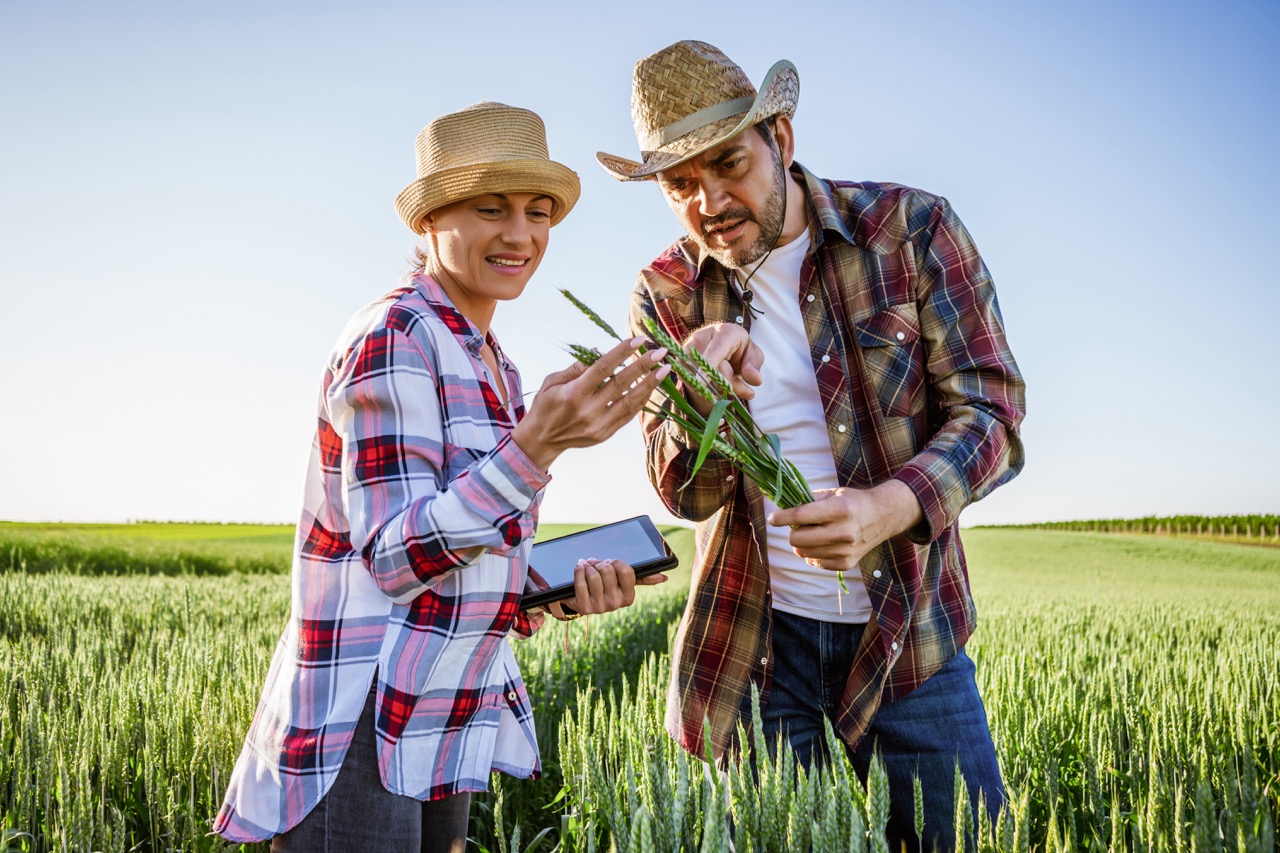As climate change poses an increasing threat to global agriculture, innovative farming systems are key to building resilience. One such system, sharecropping, has the potential to sustainably transform agricultural practices while addressing the challenges posed by a changing climate. Sharecropping, which traditionally involves a landowner allowing a tenant to work their land in exchange for a share of the crops produced, offers unique benefits that can enhance resilience in agricultural ecosystems. This article delves into the role of sharecropping in sustainable agriculture, explores its benefits for climate resilience, highlights innovative practices emerging within this framework, and discusses future prospects for integrating sharecropping with climate adaptation strategies.
Understanding Sharecropping’s Role in Sustainable Agriculture
Sharecropping is often characterized as a dual-benefit arrangement where landowners and tenants engage in a mutually beneficial relationship. This system can promote sustainable agricultural practices by fostering a sense of stewardship among tenants, who have a vested interest in maintaining the land’s productivity. Moreover, sharecroppers often employ traditional farming techniques that enhance soil health and biodiversity, laying the groundwork for sustainable agricultural systems. By incentivizing responsible land use, sharecropping can reduce reliance on chemical inputs and promote practices such as crop rotation and intercropping.
The sharecropping model has the potential to revitalize marginalized agricultural sectors, especially in developing countries. Many smallholder farmers face barriers to accessing land ownership while simultaneously grappling with the impacts of climate change. Sharecropping allows these farmers to gain agricultural experience, access resources, and learn sustainable practices that may not be available in conventional systems. As such, it serves as a bridge, enabling farmers to transition towards more resilient agricultural methods while building their economic stability.
Furthermore, sharecropping can facilitate knowledge transfer between generations of farmers. Older farmers often possess time-honored techniques that promote soil health and environmental stewardship. By engaging with younger sharecroppers, they can pass on these valuable practices, ensuring they continue to thrive in the face of climate challenges. This intergenerational exchange not only enhances agricultural resilience but also contributes to the preservation of local farming cultures and biodiversity.
The Benefits of Sharecropping for Climate Resilience
One of the most significant benefits of sharecropping is its inherent flexibility, which can be adapted to respond to local climatic conditions. Unlike large-scale monoculture farms, sharecropping systems can implement diverse cropping strategies, allowing farmers to choose crop varieties better suited to shifting climate patterns. This diversity acts as a buffer against weather extremes, such as droughts or floods, providing a safety net for both farmers and local food systems.
Additionally, sharecropping promotes improved resource management practices, which are crucial for climate resilience. Sharecroppers are often more inclined to adopt water conservation techniques, soil improvements, and agroforestry practices since they rely on the land for their livelihood. Such practices enhance soil fertility and structure, increase carbon sequestration, and reduce erosion—key aspects of building resilience to climate variability.
Moreover, sharecropping can bolster food security within communities. By ensuring that a variety of crops are grown, sharecropping systems can reduce risks associated with crop failure and market volatility. This diversification helps stabilize food supplies, making communities less vulnerable to the shocks associated with climate change. By improving food production and increasing farmers’ adaptive capacity, sharecropping ultimately contributes to stronger, more resilient agricultural systems.
Innovative Practices in Sharecropping and Their Impact
The sharecropping model is evolving, with several innovative practices emerging that enhance its sustainability and climate resilience. One such practice is the incorporation of agroecological methods, which prioritize ecological balance and biodiversity. Sharecroppers are increasingly adopting techniques such as cover cropping, organic fertilizers, and integrated pest management, significantly improving soil health and reducing dependence on synthetic chemicals. These practices also help to mitigate the effects of climate change by enhancing the ecosystem’s capacity to adapt.
Another innovation is the use of technology in sharecropping arrangements. Mobile applications and digital platforms are being developed to facilitate better communication between landowners and sharecroppers, enabling them to share data about weather forecasts, market trends, and best practices. This access to information allows sharecroppers to make informed decisions and adapt their farming strategies in real-time, ultimately leading to increased productivity and resilience.
Furthermore, cooperatives and collective farming initiatives are emerging within the sharecropping framework, allowing farmers to pool resources, share knowledge, and access markets more effectively. These collective arrangements can provide greater bargaining power, enabling sharecroppers to negotiate fairer terms with landowners and suppliers. This solidarity fosters community resilience and encourages investment in sustainable practices that can withstand the challenges posed by climate change.
Future Prospects: Sharecropping and Climate Adaptation Strategies
As the impacts of climate change become increasingly pronounced, integrating sharecropping with broader climate adaptation strategies will be vital. Policymakers and agricultural organizations can promote sharecropping as a viable model for sustainable agriculture by providing training, financial support, and access to resources for both landowners and tenants. Such initiatives can help create a supportive environment that encourages the adoption of climate-resilient practices and technologies.
Moreover, as urban populations continue to grow, there is an opportunity to promote urban sharecropping initiatives. These programs can encourage local food production while enhancing food security and resilience in urban areas. By connecting urban consumers with rural sharecroppers, these initiatives can create economic opportunities and foster sustainable practices that benefit both communities.
Lastly, ongoing research and monitoring of sharecropping systems will be essential for assessing their effectiveness in building climate resilience. By collecting data on crop yields, soil health, and environmental impacts, stakeholders can identify best practices and refine the sharecropping model to further enhance its sustainability. As we move toward a future marked by climate uncertainty, sharecropping can serve as a critical tool in our efforts to create resilient agricultural systems that benefit both people and the planet.
In summary, sharecropping presents a promising framework for advancing climate resilience in agriculture. Through its emphasis on sustainable practices, community engagement, and adaptive strategies, sharecropping has the potential to not only support the livelihoods of farmers but also contribute to broader environmental goals. As stakeholders recognize the value of this model, there is an opportunity to harness its full potential, ensuring that agriculture remains viable and sustainable in the face of a rapidly changing climate.
